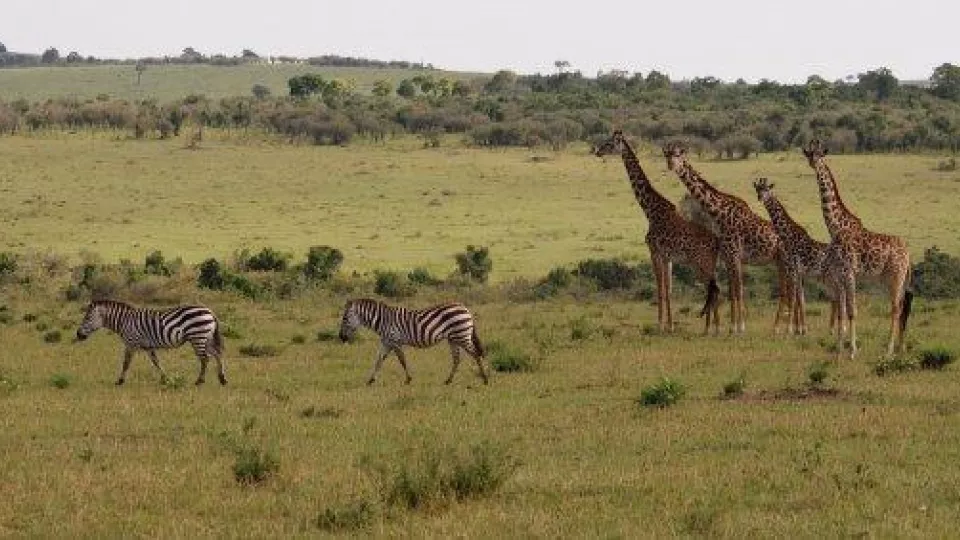Professor Janne Rinne at the Faculty of Science at Lund University, together with his colleagues at the Swedish Museum of Natural History in Stockholm and the University of Helsinki among others, has studied herbivores in 13 different national parks in Kenya. By adding parameters such as precipitation, temperature and vegetation into a statistical model that extends over 60 years, the researchers can demonstrate how climate change has had an impact on the development of mammal teeth.
The results show that the evolution of four significant physiological functions, including the properties of the teeth, largely depends on external circumstances which deviate from the normal. Such deviations include drought, extreme precipitation or drastic changes in temperature. Climate circumstances that are considered average are less significant.
“For a long time there has been an ongoing debate on whether it is the extreme or the average external circumstances that are the main forces behind evolution. Our results show that the most important factor may be recurrent harsh conditions”, says Professor Janne Rinne at the Department of Physical Geography and Ecosystem Science in Lund.
The researchers’ method could be used to determine, with great certainty, what the climate has been like during different historical periods.
The new findings are published in an article in the scientific journal PNAS.
Text: Helena Bergqvist


